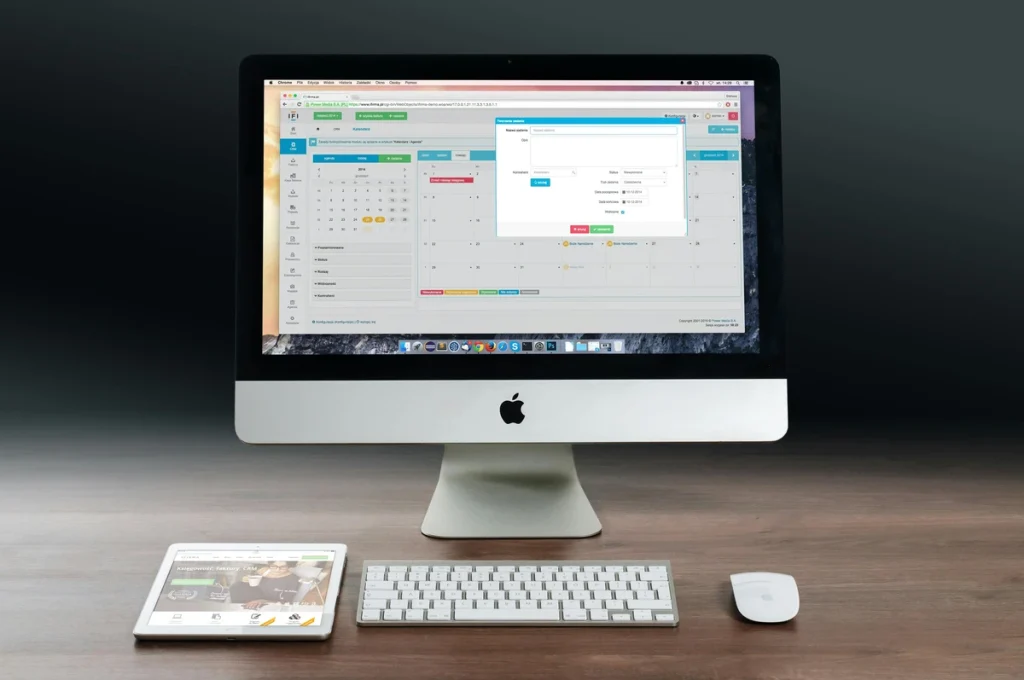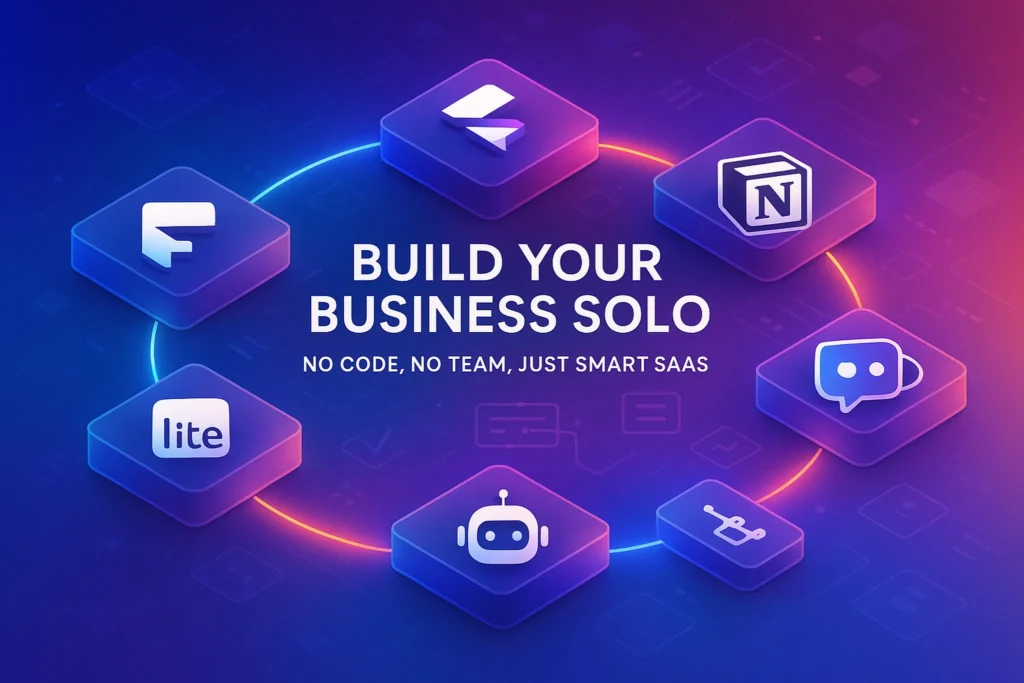🌍 Why Marketing Automation Platforms Define Growth in 2025
Growth in 2025 isn’t about working harder—it’s about working smarter at scale. Marketing teams today deal with fragmented customer journeys, dozens of touchpoints, and a flood of data. Without centralized platforms, campaigns turn into silos and revenue leaks through cracks.
Marketing automation platforms are the backbone of scalable growth. Unlike lightweight Top 10 Automation Tools for Marketers, these platforms are enterprise-level ecosystems that unify email, ads, CRM, and analytics under one roof. Think HubSpot, Marketo, and ActiveCampaign—not just no-code connectors like Zapier or niche apps like Niche Automation Tools.
💡 Nerd Tip: Tools automate tasks. Platforms automate growth. Don’t confuse the two.
🎨 The Difference Between Platforms and Tools
Clarity here avoids content overlap. Tools are tactical apps—Zapier, HARPA AI, or niche AI solutions—that handle specific workflows. We’ve broken them down before in Top Automation Workflows with HARPA AI – No Code.
Platforms, on the other hand, are end-to-end systems. They don’t just automate; they orchestrate. Platforms like HubSpot or ActiveCampaign manage campaigns, scoring, nurturing, and analytics in a single ecosystem. They’re designed for scaling teams that need visibility across the funnel, not just efficiency in one area.
💡 Nerd Tip: If your question is “How do I connect my apps?” → tool. If it’s “How do I scale my customer journey?” → platform.
🤖 HubSpot: The Scalable All-in-One
HubSpot remains a leader in 2025 for one simple reason: it scales with you. From startups running lean campaigns to enterprises orchestrating thousands of leads per month, HubSpot integrates email marketing, CRM, landing pages, and analytics in a unified interface.
Its AI assistant now generates personalized nurture sequences, predicts lead scores with 90% accuracy, and automates A/B testing. One agency shared on X:
“Our client’s ROI jumped 18% after HubSpot’s AI started predicting which leads were actually sales-ready.”
The downside is pricing. As your database grows, so does the bill. But for teams prioritizing long-term scalability, HubSpot offers a growth runway few others match.
📊 Marketo: The Enterprise Workhorse
Adobe’s Marketo is built for enterprise-scale campaigns where precision and segmentation rule. It’s not the easiest platform to learn, but once mastered, it’s a powerhouse.
Marketo excels at complex lead nurturing and multi-touch attribution. For global teams running campaigns across regions and verticals, Marketo’s advanced segmentation ensures no lead gets lost in generic workflows.
However, smaller teams often struggle with its steep learning curve. It shines best when backed by a dedicated ops team. Compared to newer entrants like ActiveCampaign, Marketo feels heavier—but that’s also its strength.
💡 Nerd Tip: Marketo is a Ferrari. Don’t buy it unless you’ve got the drivers and the track.
⚡ ActiveCampaign: The Agile Challenger
For SMBs and mid-market players, ActiveCampaign has become the go-to challenger. It combines automation, CRM, and customer experience tools at a more approachable price point.
Its strength lies in behavioral automation. You can trigger sequences based on user activity, purchase intent, or even predictive churn scores. Benchmarks show companies using ActiveCampaign report 12% higher customer retention rates within six months.
Compared to HubSpot, it’s lighter and less expensive. Compared to Marketo, it’s friendlier but less robust at the enterprise tier. For growing companies, it’s the “just right” option.
🧩 Salesforce Marketing Cloud: Ecosystem Power
Salesforce is still the king of ecosystems. Marketing Cloud integrates seamlessly with Salesforce CRM, giving teams end-to-end visibility from lead to close.
Its AI, Einstein, now suggests campaign optimizations in real time. Imagine launching an ad set and within 24 hours, the system recommends reallocating spend based on predicted conversions. That’s proactive automation in action.
The challenge? Complexity. Salesforce is best when you’re already invested in its ecosystem. Otherwise, integration overhead can outweigh benefits.
⚖️ Comparison Snapshot
| Platform | Best For | Key Strengths | Limitation |
|---|---|---|---|
| HubSpot | Startups → Enterprise | All-in-one growth suite, AI assistants | Can get pricey at scale |
| Marketo | Large enterprises | Segmentation, attribution depth | Steep learning curve |
| ActiveCampaign | SMBs & mid-market | Behavioral automation, affordability | Less robust for enterprises |
| Salesforce Marketing Cloud | Enterprise ecosystems | CRM integration, real-time AI recs | Complexity, cost |
💡 Nerd Tip: Match platform scale to your growth stage. Overbuying slows you down as much as underbuying.
⚡ Ready to Scale Smarter?
Explore leading automation platforms like HubSpot, ActiveCampaign, and Marketo. Build customer journeys that grow with your business, not against it.
🔮 Future of Marketing Automation Platforms
By 2027, platforms won’t just automate existing processes—they’ll predict growth paths. Imagine your platform suggesting a new funnel based on weak retention signals, or auto-spinning up micro-campaigns without human prompts.
Already, experimental features in HubSpot and Salesforce show predictive ROI modeling, where campaigns are simulated before launch. Failures still occur—like hallucinated lead scoring models that over-prioritize the wrong segments—but with human oversight, these platforms are edging closer to self-optimizing systems.
💡 Nerd Tip: Platforms of the future won’t just automate workflows—they’ll automate strategy.
⚖️ Pros & Cons Deep-Dive per Platform
Each platform shines in certain areas but comes with trade-offs that businesses must weigh carefully.
HubSpot stands out for its all-in-one approach. Teams appreciate having CRM, email, content, and analytics bundled into a unified platform. The biggest advantage is ease of use and scalability. However, pricing becomes a pain point as databases expand—startups may love the entry-level version, but at enterprise scale, HubSpot can feel expensive.
Marketo offers advanced segmentation and lead nurturing, making it a powerhouse for enterprise teams managing complex global campaigns. The platform excels in attribution modeling and deep customization. The downside? Its steep learning curve. Without a trained operations team, companies often underutilize its potential.
ActiveCampaign shines for SMBs and mid-market companies. It blends affordability with behavioral automation that boosts retention. It’s intuitive, accessible, and quick to implement. But at the enterprise tier, it can feel limited compared to HubSpot or Marketo, particularly in analytics depth.
Salesforce Marketing Cloud is unbeatable for organizations already committed to Salesforce’s ecosystem. Its Einstein AI provides real-time insights, and integration with Salesforce CRM makes customer journeys seamless. Still, complexity and cost can overwhelm smaller teams—this is a platform best reserved for enterprises with the resources to manage it.
💡 Nerd Tip: Choose platforms not by popularity but by context—what works for one company may drown another in cost or complexity.
🔗 Integration & Ecosystem Fit
The true value of a marketing automation platform lies in its integrations. A platform that doesn’t fit your ecosystem creates silos instead of solving them.
Salesforce Marketing Cloud integrates naturally into Salesforce CRM, creating a single source of truth for sales and marketing. For teams already inside the Salesforce ecosystem, this alignment is invaluable. HubSpot is best for businesses seeking simplicity: it centralizes marketing and CRM without requiring heavy integration. Marketo works brilliantly when connected to Adobe’s suite, enabling design-to-campaign pipelines for enterprises that prioritize precision marketing. ActiveCampaign, meanwhile, integrates with hundreds of third-party apps, making it versatile for SMBs that want flexibility without overhauling existing workflows.
💡 Nerd Tip: Think ecosystem-first. A slightly less powerful platform that integrates seamlessly with your stack is often more valuable than a “best-in-class” option that operates in isolation.
💵 Cost vs ROI Benchmarks
Investing in automation platforms isn’t about software cost—it’s about the ROI they unlock.
Benchmarks show that businesses using HubSpot’s enterprise tier report 18% faster lead-to-sale cycles due to predictive lead scoring. Marketo users often highlight its multi-touch attribution models, which improve campaign spend efficiency by 12–15%. ActiveCampaign users in the SMB segment note that its affordability combined with churn prediction leads to an average retention lift of 10–12% within a year. Salesforce customers, despite the higher cost, gain unmatched revenue visibility, allowing some enterprises to increase closed deals by up to 20% simply by aligning marketing with sales data in real time.
The cost question, then, is not whether you can afford the platform—but whether you can afford to grow without it.
💡 Nerd Tip: Always frame platform cost against revenue impact. If a $2,000/month platform saves $30,000 in wasted ad spend, the ROI speaks for itself.
🚧 Failure Scenarios & Common Pitfalls
Even world-class platforms can fail when misused. A common pitfall with Marketo is launching it without dedicated staff. Companies that underestimate the complexity often end up paying for advanced features they barely touch. Salesforce Marketing Cloud suffers similar pitfalls—teams without clear data strategies can get lost in its ocean of features, creating “analysis paralysis.”
HubSpot’s weakness shows when businesses treat it as a plug-and-play solution but fail to adapt workflows as they scale. What started as a friendly interface can turn into an expensive underutilized suite if not continuously optimized. ActiveCampaign’s pitfall is on the other end—businesses that scale too quickly sometimes outgrow it, requiring migration to heavier platforms.
💡 Nerd Tip: A platform is only as strong as the team behind it. Without training, data discipline, and process alignment, even the best tech turns into shelfware.
🔮 Future-Proofing Beyond 2025
The future of marketing automation is moving beyond simple workflows. By 2027, platforms will act as strategy copilots, not just execution engines. AI models are already simulating campaigns before launch, predicting which creative will perform best and reallocating budgets dynamically.
HubSpot and Salesforce are piloting predictive ROI models that “forecast” outcomes, while Marketo is experimenting with adaptive segmentation that updates target groups automatically as customer behavior shifts. ActiveCampaign is exploring AI-driven personalization at scale, automatically crafting unique email flows for each contact.
But there are risks: hallucinated lead scores or over-automated campaigns could misfire without human oversight. Platforms will need balance—automation to drive efficiency, with marketers ensuring authenticity and brand alignment.
💡 Nerd Tip: Don’t just buy for today’s features—choose vendors investing in predictive AI. Future-proofing matters more than short-term convenience.
📬 Want More Smart Growth Playbooks?
Subscribe to NerdChips for weekly insights on SaaS platforms, AI marketing, and no-code automation strategies.
🔐 100% privacy. Just actionable playbooks for scaling smarter.
🧠 Nerd Verdict
Marketing automation platforms are no longer luxury—they’re growth infrastructure. In 2025, choosing between tools and platforms isn’t a question of preference but of scale. Tools help you get started. Platforms help you keep growing. NerdChips’ verdict: if your ambition is scalable growth, invest in a platform that grows with you.
❓ FAQ: Nerds Ask, We Answer
💬 Would You Bite?
If you had to choose today, would you pick a lightweight tool to save time or a full platform to future-proof your growth?
Crafted by NerdChips for creators and teams who want their best ideas to travel the world.



